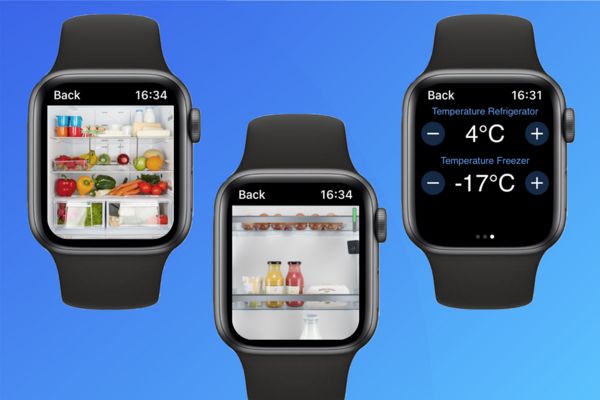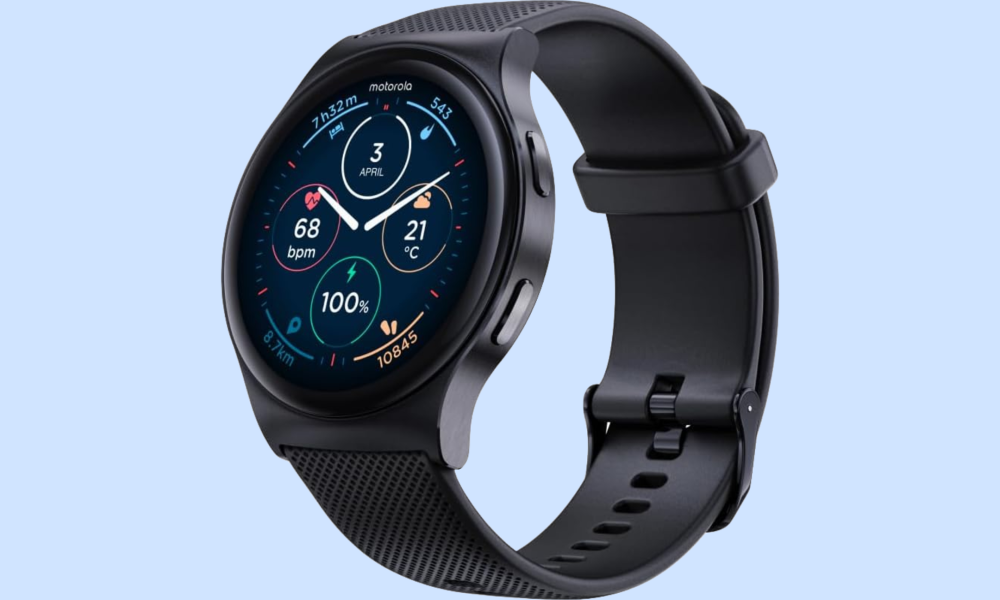In the ever-evolving world of technology, smartwatches have emerged as essential gadgets that blend functionality with style. With a wide range of options available, consumers often find themselves weighing the pros and cons of affordable versus premium smartwatches. While both categories serve their purpose, they differ significantly in features, design, and overall user experience. This article explores the key differences between affordable and premium smartwatches, helping you make an informed decision for your next purchase.
Price Point and Value
The most obvious difference between affordable and premium smartwatches is their price. Affordable smartwatches typically range from $50 to $200, making them accessible to a broader audience. These devices often include basic features such as fitness tracking, notifications, and limited app support.
On the other hand, premium smartwatches usually start at $300 and can go up to $1,000 or more. These devices are packed with advanced features, superior build quality, and cutting-edge technology. While the initial investment may be higher, many users find that the enhanced functionality and longevity of premium models justify the cost.
For instance, the Cezeno 1.39 Inch Smartwatch strikes a balance between affordability and premium features, making it an attractive option for those looking to maximize value.
Features and Functionality
Affordable smartwatches often come with a basic set of features. Most offer fitness tracking, heart rate monitoring, and notifications for calls and messages. However, they may lack advanced health metrics, GPS functionality, and customization options.
Premium smartwatches, in contrast, provide a comprehensive suite of features tailored for fitness enthusiasts and tech-savvy individuals. Many high-end models include built-in GPS, ECG monitoring, blood oxygen sensors, and detailed health insights. Additionally, they often support a wider range of third-party apps, allowing users to customize their experience further.
If you prioritize fitness tracking and health monitoring, investing in a premium smartwatch may be worthwhile. However, for casual users or those new to wearable technology, an affordable option may suffice.

Build Quality and Design
The build quality of smartwatches significantly impacts their durability and aesthetic appeal. Affordable models are often constructed from plastic or lower-grade materials, which may not withstand daily wear and tear as effectively as premium counterparts.
Premium smartwatches, on the other hand, are typically crafted from high-quality materials such as stainless steel, titanium, or ceramic. This not only enhances their durability but also gives them a more sophisticated appearance. Features like customizable watch faces, interchangeable bands, and superior display technology further elevate the design of premium models.
While affordable smartwatches can still look appealing, they may not offer the same level of craftsmanship or design sophistication as premium options.
Battery Life
Battery life can vary significantly between affordable and premium smartwatches. Budget models often come with lower power demands, which can lead to impressive battery life but may sacrifice features such as always-on displays or GPS tracking.
In contrast, premium smartwatches may offer more advanced features that can drain the battery faster. However, many premium models incorporate efficient battery management systems and larger batteries, allowing them to sustain longer usage times despite their more demanding functionalities.
Ecosystem and Compatibility
Another important consideration is the ecosystem and compatibility of the smartwatch. Affordable models may have limited compatibility with certain smartphones or operating systems. They often come with proprietary apps that may not integrate well with other services.
Premium smartwatches, particularly those from well-known brands, usually offer seamless integration with their respective ecosystems. For example, devices from Apple, Samsung, and Garmin provide extensive compatibility with their apps, services, and accessories, enhancing the overall user experience.
Longevity and Updates
When investing in a smartwatch, consider its longevity and potential for software updates. Affordable models may not receive regular updates, leading to outdated features and security vulnerabilities. As technology evolves, this can limit the device’s functionality over time.
Premium smartwatches typically come with better support for software updates, ensuring that users can benefit from new features and security enhancements. Additionally, the higher build quality often means that these devices can withstand the test of time, making them a more sustainable choice in the long run.
Conclusion
Ultimately, the choice between an affordable and a premium smartwatch depends on your specific needs and budget. If you’re a casual user looking for basic functionality, an affordable option may meet your requirements. However, for those who value advanced features, superior build quality, and a seamless user experience, investing in a premium smartwatch is worth considering.
The Cezeno Smartwatch serves as an excellent example of a device that bridges the gap between affordability and premium features, making it a smart choice for anyone looking to enhance their wearable technology experience. With careful consideration of your lifestyle, preferences, and budget, you can find the perfect smartwatch that fits your needs and elevates your everyday life.



